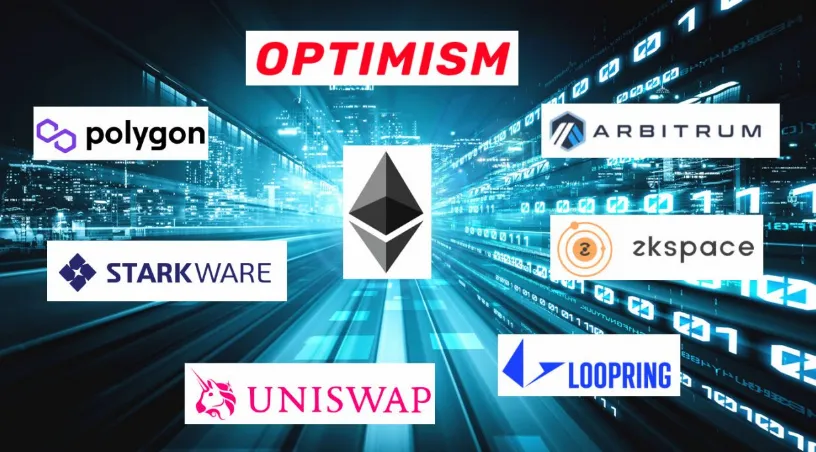One of the main problems with blockchains like Bitcoin and Ethereum is their failure to scale as their user base expands. You may have noticed how the gas fees on both of these platforms reach absurd levels whenever they get congested due to excessive trading or Ordinal/NFT minting.
With these gridlocks in mind, software architects have been working on solutions to maintain blockchain decentralization (security) while increasing scalability. In this article, we will briefly discuss two of them - namely sharding and layer 2s - along with a couple of different engineers' perspectives on them.

The co-founder of Ethereum, Vitalik Buterin, argued in a recent blog post that sharding and layer 2 solutions were essentially the same thing. After publishing his post to Twitter/X, a core developer of MultiversX popped up to disagree with him.
Before we get into the disagreement, let's cover the basic difference between sharding and layer 2s.
Sharding
Sharding is essentially breaking a single blockchain up into separate partitions, with each one responsible for validating a different set of transactions, all coordinated by a "beacon chain".
It's important to realize that each shard is built from the same framework, which makes cross-shard communication fairly seamless.

Some smart contract blockchain platforms, such as MultiversX, have made the decision to focus on sharding as their primary solution to scalability.
In their original roadmap, the Ethereum foundation had also planned a future implementation of sharding to increase scalability. However, they have since transitioned into being a beacon chain that different layer 2 blockchains can post "rollups" to.
Layer 2s
As opposed to shards, layer 2s are sidechains separate from the (Ethereum) mainnet, often built with varying frameworks, that process transactions and post them regularly as "rollups" to the mainnet.
By offloading decentralized application (dapp) transactions from the Ethereum mainnet to their own sidechains, the entire ecosystem becomes more sustainable, and each application inherits the security of the mainnet.
Two examples of Ethereum layer 2 sidechains that use rollups are Arbitrum and Optimism, but more and more layer 2 solutions are being integrated with Ethereum using frameworks such as Polygon's zkEVM solution.

The Same Thing?
In Vitalik's blog post, he states that "in a very real technical sense, Ethereum is doing sharding, and rollups are shards." He argues that both "layer 1 sharding" and "layer 2 rollups" use zero knowledge proof technology to verify computation, and DAS (Data Availability Sampling) to verify data availability.
Robert Sasu, a core developer at MultiversX, was quick to point out that sharding differs from rollups because it has built-in composability, meaning that users or smart contracts on shard 0 of a blockchain, for example, would be able to communicate with users or smart contracts on shard 1, without knowing they are on a different shard, making the entire process more seamless.
https://x.com/SasuRobert/status/1793630988112703583
Vitalik countered by saying that his original proposals for sharding in Ethereum did not have "extremely strong composability properties", suggesting that the shards in Ethereum would have been similar to the different layer 2s we have today anyway.
Depends On Your Perspective
Vitalik of Ethereum believes that the layer 2 solutions that exist for Ethereum today are essentially shards, because zero knowledge proofs are used to verify compute in either case.
Robert of MultiversX disagrees, stating that shards need to be seamlessly composable, in order to optimize the user experience and smart contract interoperability.
In my own experience struggling with bridging assets between Ethereum and its sidechains, I would tend to agree with Robert that composable shards would be a better long-term solution for scalable blockchains. However, only time will tell which solution gains more adoption.
If you learned something new from this article, be sure to check out my other posts on crypto and finance here on the HIVE blockchain. You can also follow me on InLeo for more frequent updates.
Until next time...
Resources
Blockchain Sharding Image [1]
Vitalik Buterin Image [2]
Ethereum Layer 2s Image [3]